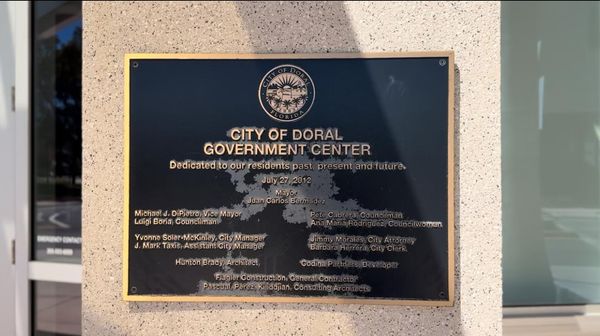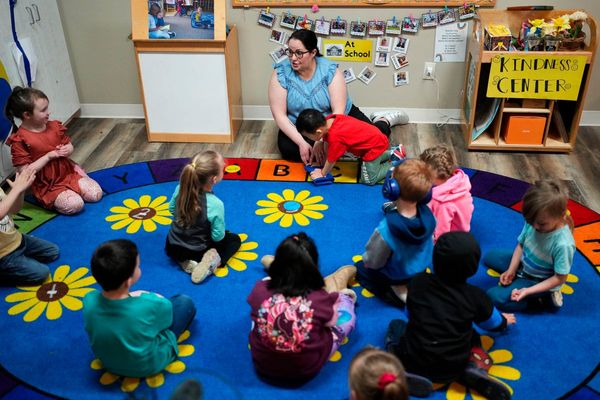
Much has been made about growing hopes for “immaculate disinflation” where global central banks steer inflation back to target without a major uptick in unemployment.
Australia may yet extend the buzzwords to include “immaculate migration”, at least as far the workforce expanding fast enough to absorb record rates of newcomers. (Housing net migrants totalling about 550,000 in the past year might be more tricky.)
Some pullback in January’s jobless rate of 4.1% was expected, but no pundit came close to forecasting that it would plunge to 3.7% last month. The extra 117,000 jobs, or 4,000 a day, was the biggest monthly increase excluding pandemic distortions in a decade, Reuters reported.
Labour market figures have been notably volatile lately. February might prove to be as rogue a month as December, when employers shed 65,200 jobs from their payrolls.
The Australian Bureau of Statistics also revised January’s net jobs gain by almost 15,000. The increase would have been bigger yet, but many people with jobs lined up opted to delay their start until February, contributing to last month’s stellar result.
Labour market trends look to be a better guide than seasonally adjusted numbers, but even the trend unemployment rate has mostly flatlined since September and was 3.8% in February. “[It’s] a remarkable outcome, especially when combined with the rapid improvement of inflation over the same period,” Moody’s Analytics economist Harry Murphy Cruise said.
The UBS economist George Tharenou said that while labour force surveys were historically volatile, “extreme moves are making data unreliable”.
The three-month job creation average had slowed to 23,000 a month from 40,000 previously. “This implies the momentum of the labour market is easing, but is nowhere near as weak as it appeared in the prior release,” Tharenou said.
The employment figures were understandably welcomed by an Albanese government that had reason to brace for a much less robust result.
Treasury’s mid-year update had forecast the jobless rate would rise to 4.25% by June, a prediction that now looks pessimistic. Similarly, its projected budget deficit of $1.1bn now looks to be a certain surplus.
The Reserve Bank’s assessment, though, will matter more to borrowers. Its latest modelling had the unemployment rate rising to 4.2% by mid-year.
Traders had been rating as an 80% chance that the first RBA interest rate cut would land in August, but that tally dropped to 60% after the jobs figures according to Bloomberg.
The RBA governor, Michele Bullock, aside from “not ruling anything in or out”, has made it clear that bringing down inflation remains the central bank’s top priority.
Just what constitutes full employment – the lesser half of the RBA’s duel mandate –without pumping up or deflating prices remains an enigma.
“Do we know what that level is? No, we don’t,” Bullock told a press conference on Tuesday after leaving rates on hold. “We think [the sustainable jobless rate] might be … between 4% and 4.5%, but we don’t know where it is.”
“So all we can do is tread carefully,” she added.
Next Wednesday will provide Bullock and fellow RBA board members more guidance of how hard they still need to stomp on inflation when the Australian Bureau of Statistics releases February inflation figures. The more thorough guidance won’t land until Anzac Day eve when March quarter inflation figures get released.
If the inflation outlook remains uncertain, there are reasons to think demand for workers will hold up for some time.
ABS figures out on Tuesday showed Australia’s population increased 2.5% to a record 26.8 million in the year to 30 September 2023. Net overseas migration contributed 83% of the increase, KPMG noted.
Eventually housing construction will have to pick up to accommodate our swelling numbers. Also still requiring lots of extra hands is the country’s pipeline of major works, worth $230bn over five years, the Property Council noted this week.
“It is estimated that, in order to meet demand, our labour supply alone will need to grow by 127%,” the council said.
No wonder Bullock said that “the labour market is still slightly on the tight side”. It’s a view only reinforced – and then some – by today’s numbers.







